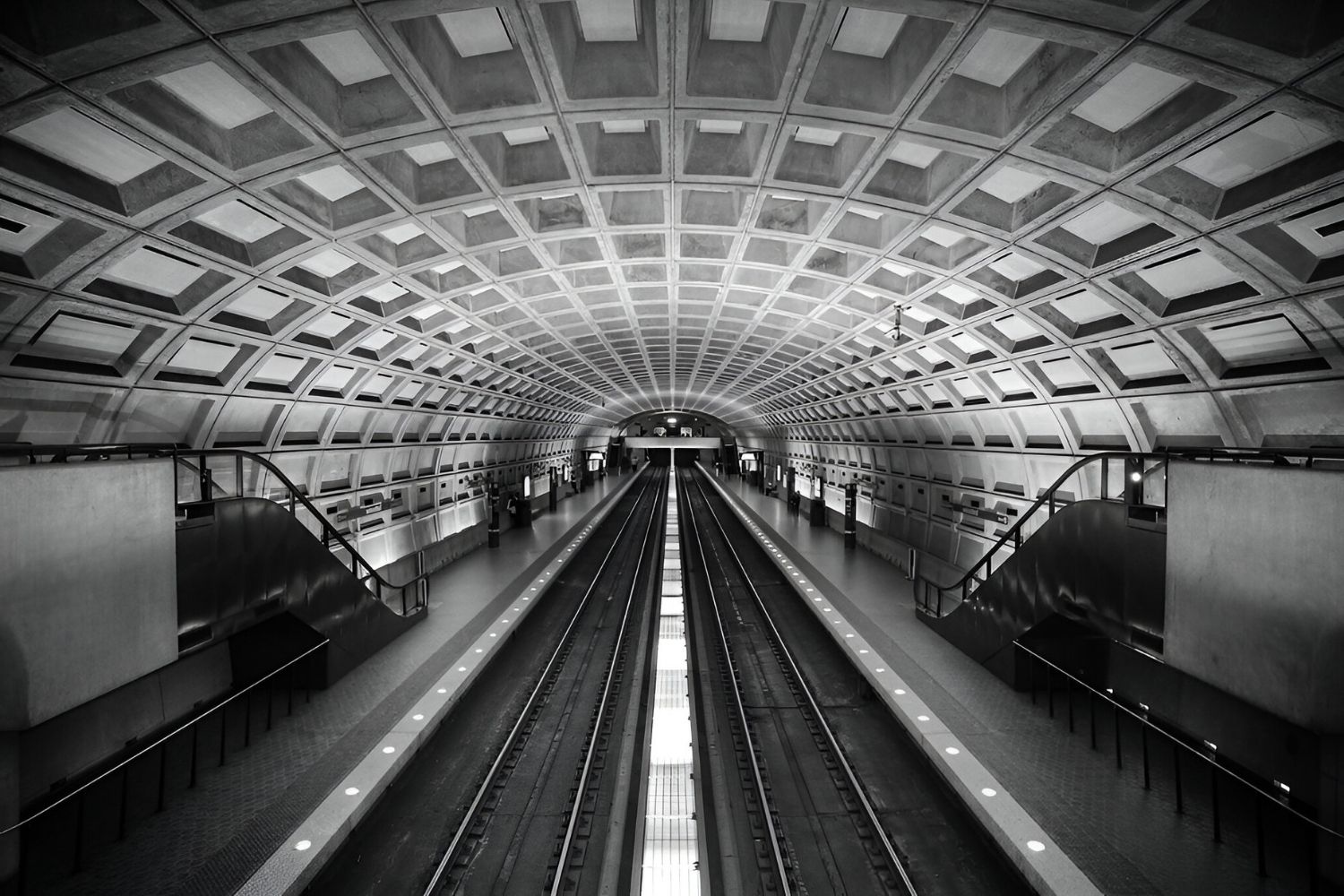The Secret Underground Tunnels Of Washington, D.C.

Washington, D.C. is more than just monuments and museums. Beneath its bustling streets lies a hidden world of underground tunnels. These secret passageways connect important buildings, offering a glimpse into the city's history and mystery. Imagine walking beneath the Capitol, where lawmakers have hurried between sessions, or beneath the Library of Congress, where books and ideas have traveled unseen. Some tunnels are open to the public, while others remain shrouded in secrecy. Whether used for transportation, security, or storage, these tunnels hold stories waiting to be told. Curious explorers and history buffs alike find themselves drawn to these hidden paths, eager to learn what lies beneath the surface of the nation's capital.
Hidden Pathways Beneath the Capital
Washington, D.C. is famous for its monuments and museums, but beneath the surface lies a network of secret tunnels. These hidden passages have fascinating stories and purposes. Let's explore some of these intriguing underground routes.
The Capitol Tunnels
The U.S. Capitol is more than just a symbol of democracy. Below it, a series of tunnels connect various government buildings, offering a unique glimpse into the city's hidden infrastructure.
Capitol Subway System
This underground train system links the Capitol with the Senate and House office buildings. It's a quick way for lawmakers to travel without facing the city's traffic.Utility Tunnels
These passages house essential services like steam and electricity. They keep the Capitol running smoothly, hidden from public view.
The Library of Congress Tunnels
The Library of Congress is a treasure trove of knowledge, but it also has its own secret passages. These tunnels serve both practical and mysterious purposes.
Book Conveyor System
A unique conveyor belt system once transported books between the Library's buildings. Though no longer in use, it remains a testament to innovation.Underground Storage
Rare and valuable items are stored in climate-controlled vaults beneath the Library. These tunnels protect priceless artifacts from the elements.
The White House Tunnels
The White House, home to the President, has its own network of secret tunnels. These passages are designed for security and convenience.
Presidential Emergency Operations Center (PEOC)
This secure bunker is located beneath the East Wing. It's a place where the President can stay safe during emergencies.Secret Passageways
Rumors persist about hidden escape routes leading from the White House to undisclosed locations. While details are scarce, these tunnels add an air of mystery.
Georgetown's Underground
Georgetown, one of D.C.'s oldest neighborhoods, hides its own secrets beneath cobblestone streets. These tunnels have historical significance and modern uses.
Prohibition-Era Tunnels
During Prohibition, these tunnels were used to smuggle alcohol. Today, they serve as a reminder of the neighborhood's colorful past.C&O Canal Tunnels
The Chesapeake and Ohio Canal runs through Georgetown, with tunnels that once facilitated trade. Now, they offer a glimpse into the area's industrial history.
Dupont Circle's Secret Tunnels
Dupont Circle is a bustling hub, but few know about the tunnels beneath it. These passages have evolved over time, serving different purposes.
Streetcar Tunnels
Once part of a streetcar system, these tunnels are now abandoned. They remain a hidden piece of the city's transportation history.Dupont Underground
This former trolley station has been transformed into an art space. It hosts exhibitions and events, breathing new life into forgotten tunnels.
The National Mall's Hidden Network
The National Mall is a must-see for visitors, but its underground tunnels are lesser-known. These passages support the area's infrastructure and history.
Smithsonian Tunnels
Connecting various Smithsonian museums, these tunnels allow for easy transport of artifacts. They keep the Mall's treasures safe and accessible.Metro Tunnels
The D.C. Metro system runs beneath the National Mall, providing a vital transportation link. These tunnels are essential for daily commuters and tourists alike.
Hidden Pathways of History
Washington, D.C.'s underground tunnels offer a fascinating glimpse into the city's past. These hidden pathways, often overlooked, connect significant landmarks and have played crucial roles in history. From the Capitol's secret passages to the White House's hidden corridors, these tunnels have served purposes ranging from security to convenience. Exploring them reveals stories of espionage, political intrigue, and architectural marvels. While not all tunnels are open to the public, those that are provide a unique perspective on the nation's capital. They remind us of the layers of history beneath our feet, waiting to be uncovered. Whether you're a history buff or just curious, these tunnels offer a chance to step back in time and see D.C. from a different angle. Next time you're in the city, consider what lies beneath the surface—there's always more to discover.

